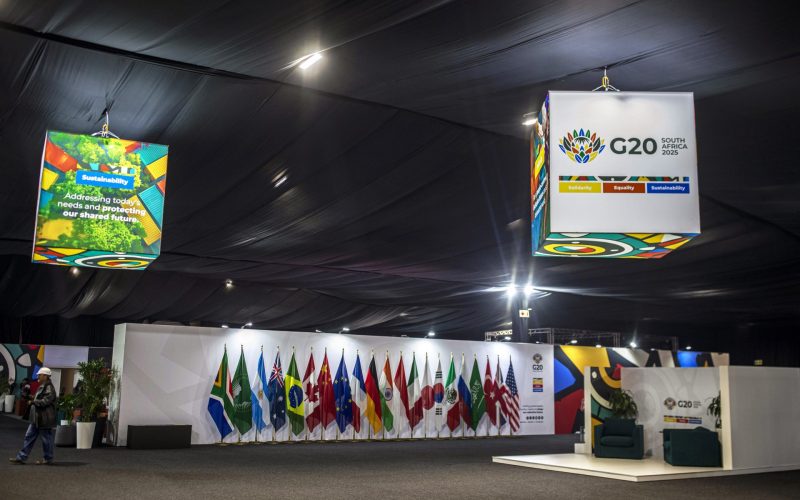Morocco left the Organization of African Unity (OAU) in 1984 when the Sahrawi Arab Democratic Republic (SADR, also known as Western Sahara), which the Moroccan monarchy considered to be part of its territory, was granted membership of the organisation. This move was tantamount to recognition of the SADR’s sovereignty, independence and right to separate statehood. Thirty-four years later, the SADR is still a member of the OAU’s new incarnation, the AU. After successfully campaigning to re-join the AU, Morocco was voted back in with an overwhelming majority on 30 January 2017. This raises the question: why did Morocco seek to re-join the AU, and what are the implications for the SADR’s bid for recognition as an independent state? This paper shows that Morocco re-joined the AU as part of a longer-term strategy to cement its leadership prospects in Africa and secure its control over Western Sahara. The move also raises important challenges for the AU in dealing with the national objectives of dominant and powerful member states.








